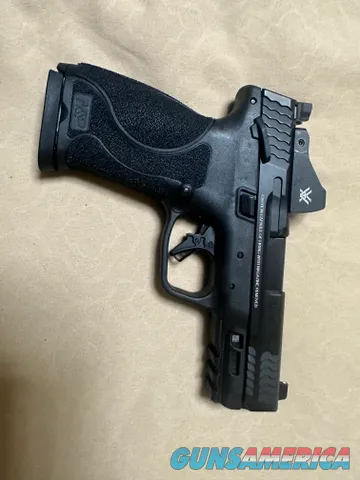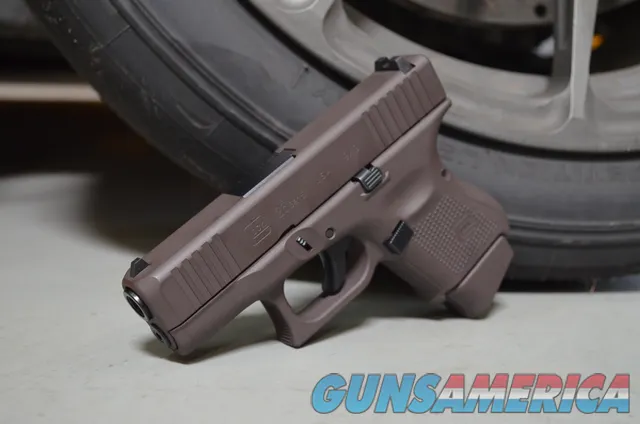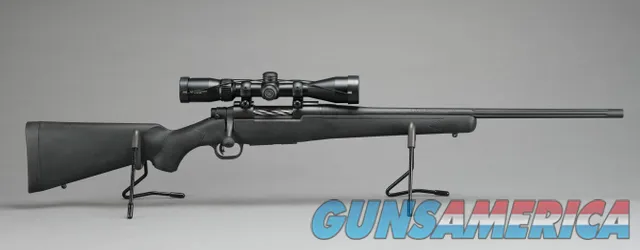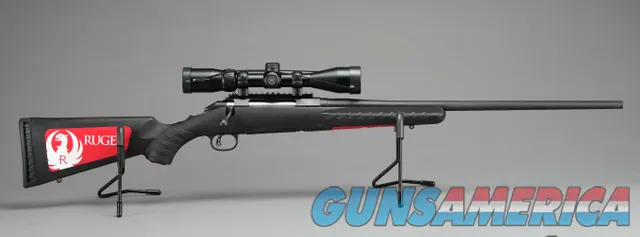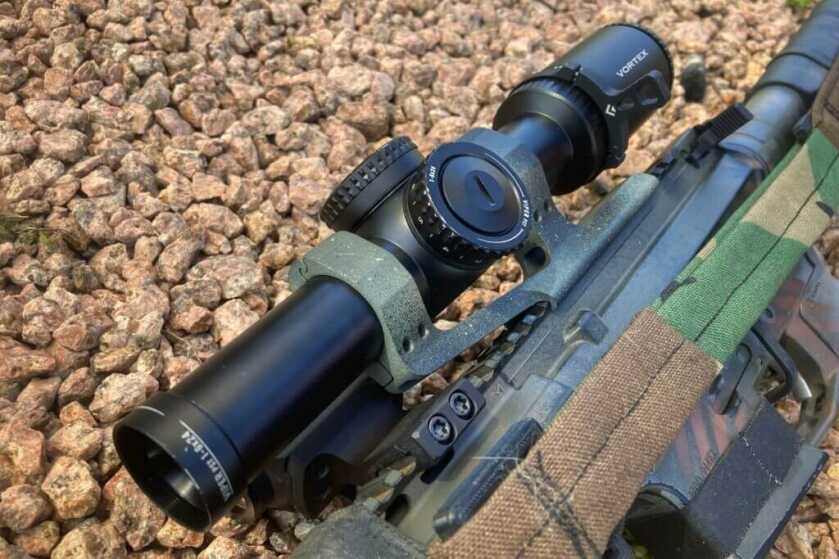
Estimated reading time: 7 minutes
The low-power variable optic (LPVO) is arguably the most popular style optic for the AR platform. With options ranging from under $200 to over $2000, will the $600 Vortex Viper 1-6 be the king of mid-tier LPVOs?
Table of contents
Preface
Just to clarify, when I say LPVO I am talking about a variable-powered optic with a base magnification of 1X. The max magnification may be 4, 6, 8, or even 10X but the main defining characteristic of an LPVO is the 1X base magnification.
Generally seen as the do-all optic, a good LPVO has a bright image on 1X and functions similarly to a red dot. Allowing for both eyes to stay open and focused on the target for quick close shots. Then, the magnification can be increased for better precision and target identification at longer ranges.
The struggle LPVO manufacturers face is striking an appropriate balance between red dot like performance on 1X and refined functionality at max magnification.
Introducing the Viper 1-6
When I got the Viper PST gen 2 1-6, I made a few observations right out of the box.
- It has a robust feel although it is a bit on the heavy side.
- The turret caps fit well and are relatively low profile.
- The illumination of the reticle seems to be very bright.
- It is longer than I expected. (10.83 inches)
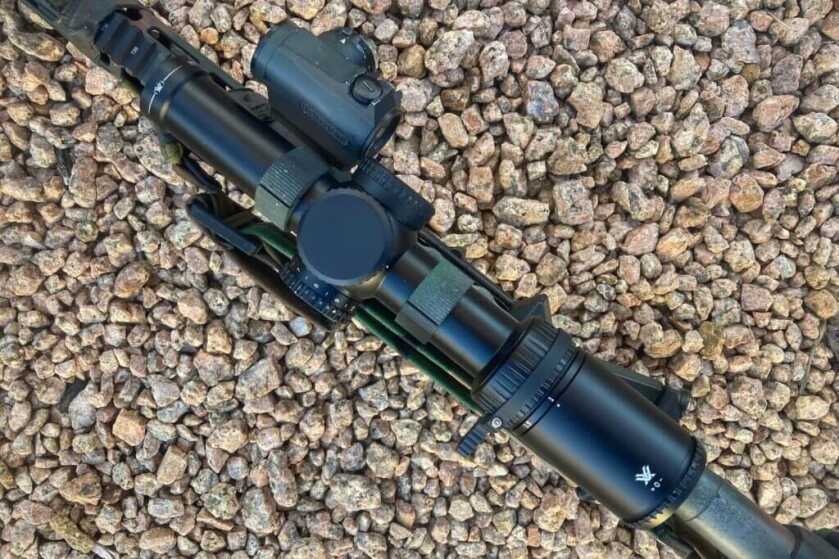
Overall a good first impression so I wasted no time getting it mounted on a rifle for testing.
Available on GunsAmerica Now
Mounting
Mounting this scope is no different than any other and took me less than ten minutes. To help offset this optic’s 22.7oz base weight, I decided to mount it in an Aero Precision Ultralight mount. Weighing only 3.7oz, this mount does a good job of reducing the combined weight but there are plenty of other 30mm scope mounts if the ultralight option isn’t for you.

This scope offers 3.8 inches of eye relief so I positioned the diopter just over the charging handle. This gives me comfortable head placement, a proper sight picture, and unobstructed access to the charging handle.
I also added a throw lever to the zoom adjustment ring. The adjustment is a bit stiff and without a good lever to grab, changing from one to six power would be pretty slow.
Zeroing The Viper 1-6
Both the windage and elevation turrets are covered by low-profile caps. With the caps removed, the turrets can be adjusted by hand in the interval of half-MOA clicks. These adjustments are moderately tactile and faintly audible.

The turrets are laser engraved with half-MOA lines around the perimeter. I doubt many people are dialing their holds on this scope. Both because the turrets are capped and there is no indicator of total turns from zero but these markings make it an option.
Glass Clarity and Brightness
Light transmission is the term used to describe how efficiently a scope transmits light from the object being viewed to your eye. In short, a scope with good light transmission will provide a bright image even when ambient light is low. This is usually achieved by implementing a large objective lens on the front of the scope to gather plenty of light to funnel to the eye.
This is where you see an issue for the LPVO. Due to the constraints of 1X lens arrangements, large objective lenses are not an option. In the case of our vortex, the objective lens measures 24mm; about on par for a 30mm bodied LPVO.
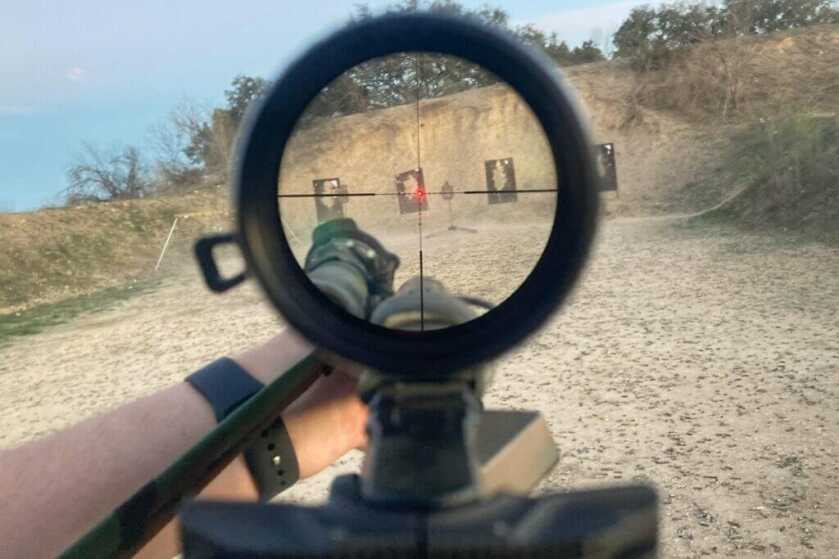
When it comes to light transmission, a 1-6 has an advantage over a 1-8 or 1-10 simply because the scope doesn’t have to bend the light so much making for a brighter image. Having said that, this scope’s light transmission isn’t too bad. Using it near dusk or early in the morning has not been an issue for me.
Talking about distortion, this scope shows very little and only near the edge on 1X. In reality, you will rarely notice it unless it is something you are looking for.
The parallax is set at 100 yards and is not adjustable but there is an adjustable diopter to ensure the reticle is in focus
Reticle illumination
My favorite feature of this optic is definitely the reticle. It is a basic crosshair with MOA subtensions and widened posts on the 3, 6, and 9 o-clock legs. This reticle does well to draw your focus toward the center without being overly busy.

Now for the special part. This reticle features an illuminated .5 MOA dot at the center of the cross-hair that illuminates bright enough to be useful as a red dot in moderate daylight. I prefer having a bright singular point to aim with vs having a large portion of the reticle illuminated as so many other scopes do.

Brightness is adjusted by turning the turret on the left side of the scope. Doing this changes between each of the ten brightness settings and the off settings that are between each level. I like this layout because I can turn the illumination on or off by moving it a single click versus having the scroll through the entire adjustment range.
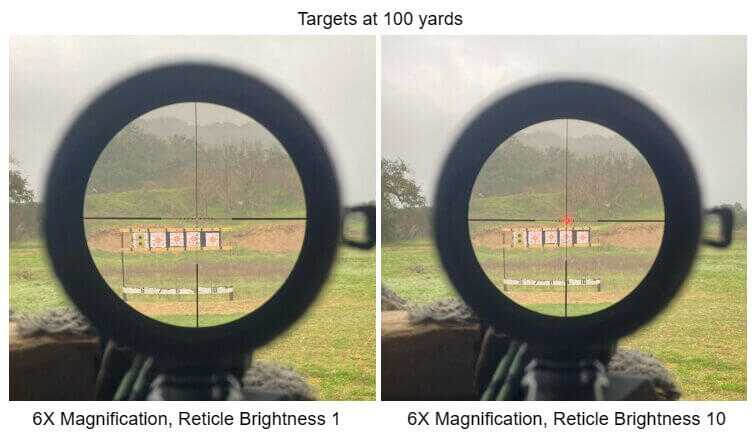
Unlike a reflex red dot whose battery may last years, LPVOs take more energy and have a much shorter battery life. This one is only about 150 hours so you’ll want to turn it off when not in use and have plenty of spare batteries. I left it on once after a range trip and the next time I grabbed my rifle a few days later the dot was substantially dimmer.
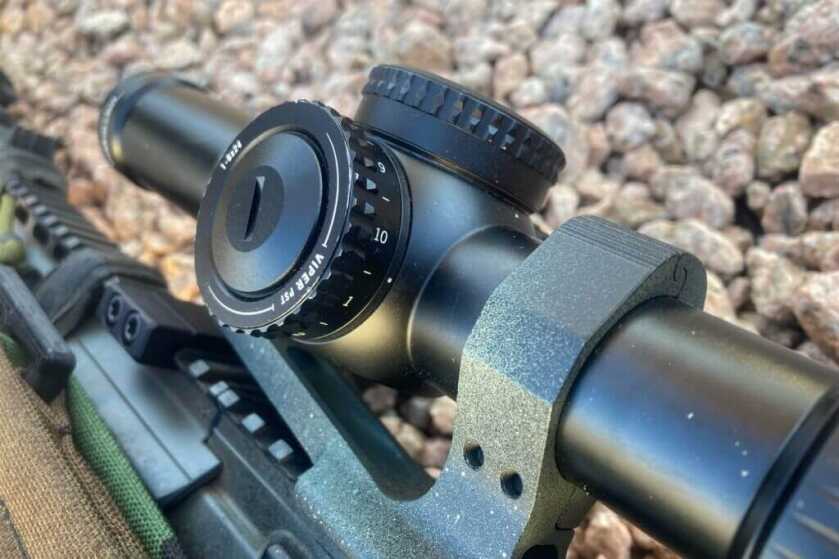
Thankfully changing batteries is very easy. It takes only a minute to replace the single CR 2032 cell. Just unscrew the cap on the brightness adjustment turret, pull out the old battery, and pop in a new one.
Conclusion On the Viper 1-6
Overall I have genuinely enjoyed using this scope. It has a durable construction although at the expense of being a little heavy. It has good clarity and an amazingly bright dot. I can’t forget to mention that it is backed by Vortex’s lifetime warranty.
Read More: Meet the Vortex Venom 1-6X24 SFP
This scope has a $900 MSRP but the street price is often much lower around $600. Considering this is a solid mid-tier optic, I think that is a fair price.
Head over to Vortex’s Website for more information on this or any of their other products.
*** Buy and Sell on GunsAmerica! ***





